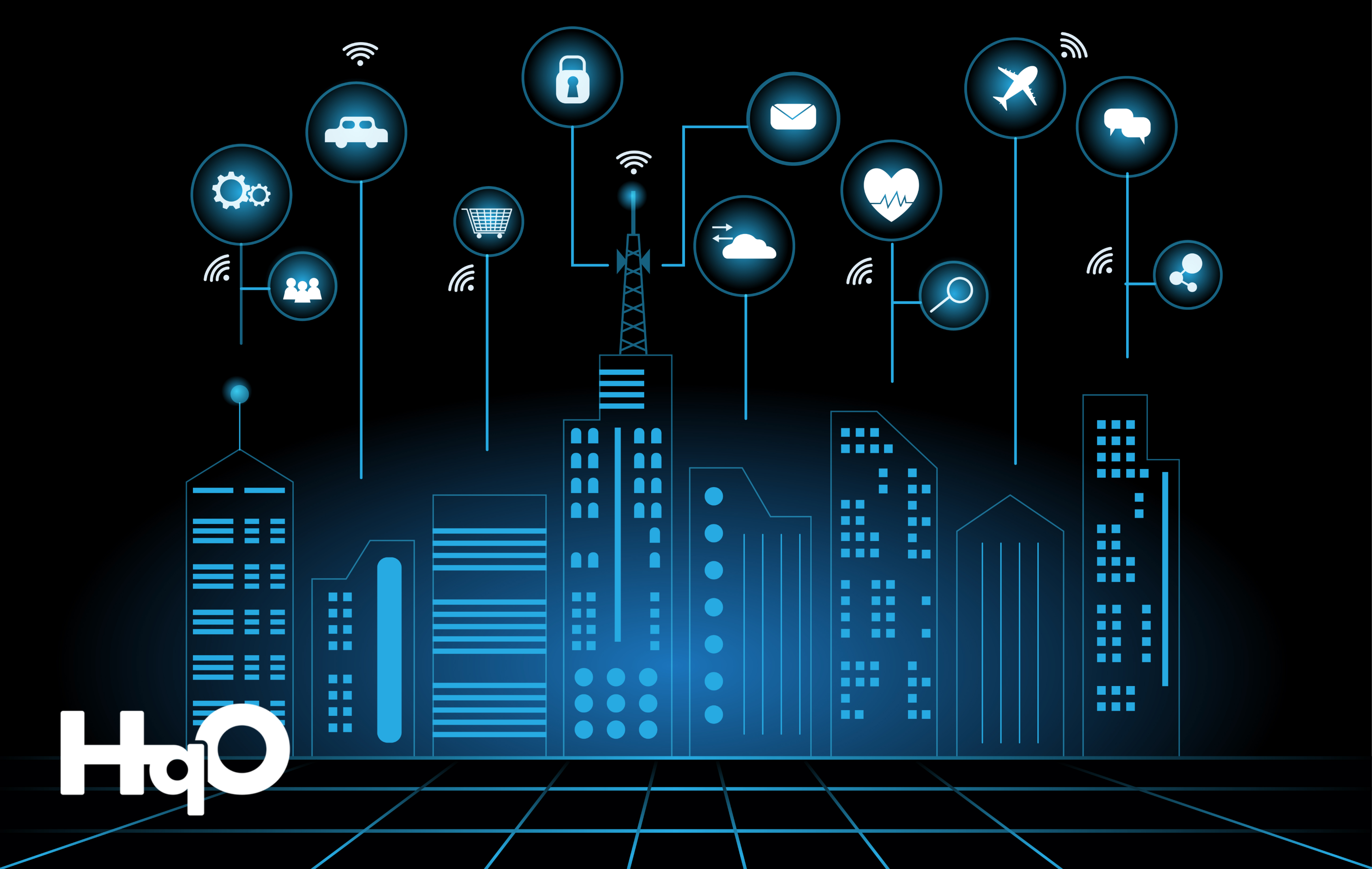It’s no secret that building design has come a long way. Though what we currently think of when we envision a smart building — a fully tech-enabled, supercomputer of the future — has only been around since the start of the 21st century, one could argue that concepts for building automation dated back to as early as the 17th century.
During that time, a self-taught European mechanic named Cornelis Drebbel invented the mercury thermostat. Despite its small size, his invention had huge implications for current-day HVAC systems: it could automatically keep a space at a constant temperature, becoming one of the first feedback-controlled devices in history. Additionally, Drebbel went on to develop one of the first air conditioning systems by using salt as a cooling agent. Over time, these primitive innovations inspired others to create even more advanced systems — resulting in many of the building automation technologies that we see and use today.
Yet again, we now are at a point in history where building innovation has reached an exponential incline. Smart buildings — which use technology to optimize building performance, communicate between various technology systems, and ease the everyday processes of building occupants — are evolving. In the aftermath of the global health pandemic, tenant decision-making has begun to incorporate safer and more diverse experiences that extend beyond building automation alone. These new standards have since ensured the rise of a new type of smart building: the healthy building.
What Does it Mean to be “Healthy”?
To attract and retain modern tenants, owners will now need to look into converting their assets into healthy buildings. So, what does this look like for CRE?
In short, healthy buildings are smart buildings with an enhanced focus on health. According to the United States Environmental Protection Agency’s Healthy Buildings, Healthy People – A Vision for the 21st Century, “by choosing designs, ventilation systems, materials, and products wisely, we are able to create healthy buildings while substantially reducing energy use, cutting material costs, and raising productivity.” This means that property teams can look into enhancing air filtration systems, implementing anti-germ materials in communal office furniture and locations, creating touchless experiences through mobile access and sensor technologies, and more to achieve desirable results
However, healthy buildings don’t end at their infrastructure. Not only does a healthy building improve the indoor environment, but it also promotes the physical health, mental wellness, and productivity of its occupants through the more intangible aspects of the office — such as company policies and workplace culture. After all, true seamless and frictionless experiences are established through the combination of digital and physical offerings. These offerings can be everything from consistent communications to building occupants to help them make informed decisions about their health, to digital programming initiatives that promote fitness and mental health while at work, to ensuring that your office building provides a variety of healthy food options to its tenants and employees.
Building certifications and awards — such as WELL and Fitwel — are a good place for landlords to start: their wellness-focused requirements combine all aspects of the workplace into a health-first, well-oiled machine.
TeX: A Key Differentiator for Your Building’s Health
Ultimately, owners and property teams want to create environments where people feel comfortable and excited to work. In order to accomplish this, the workplace needs to become as dynamic and adaptable as modern tenants’ needs. This indicates that not only does a building need to be smart to make the end-user journey as easy and seamless as possible, but it also needs to improve upon modern health and safety regulations to ease concerns in the areas of communications, health, safety, and logistics. Fortunately for landlords, many of the same property technologies that automate smart buildings can also be leveraged to improve building health.
Here are just a few of the latest strategies that landlords can adopt to ensure their assets are healthy:
- Implement mobile access technologies and touchless sensors to ensure that the end-user journey is quick, easy, and frictionless.
- Install lighting and temperature control features that can adapt to your tenants’ needs throughout the day.
- Increase your building’s cleaning and sanitation protocols.
- Partner with local retailers to provide healthy food options for your tenants.
- Leverage technology partners to offer tenants both virtual and in-person fitness and wellness classes.
- Adopt more digital programming initiatives to foster a vibrant, tech-enabled workplace culture.
The more we engage with this new era of building innovation, the more automation technologies alone will not be able to create the full, well-rounded experiences that generate value throughout an office portfolio. For example, take the process of mobile ordering: implementing a digital platform that enables tenants to order ahead to their favorite lunch spots can certainly be a huge perk in the workplace. However, if the orders aren’t correct, prepared on time, or served fresh, then the transaction still leaves tenants seeking more — and can negatively impact customer satisfaction. Without the additional push to nurture the human side of your office’s interactions, your experiences will feel unfulfilling and incomplete.
As is with any property team, your portfolio is a powerful representation of your brand. A helpful and engaging environment, which supports both in-person and virtual experiences, will expand tenant relationships beyond buildings and foster tenant loyalty. On one hand, a building with the right technology is certainly a smart building, but it still leaves something to be desired in terms of end-user engagement. On the other hand, a healthy building — which incorporates technology alongside health-focused physical and digital programming — will be what prepares you to address the new needs of the market, no matter where your tenants are working.
Learn more about our marketplace, or become a partner in our growing technology ecosystem.



